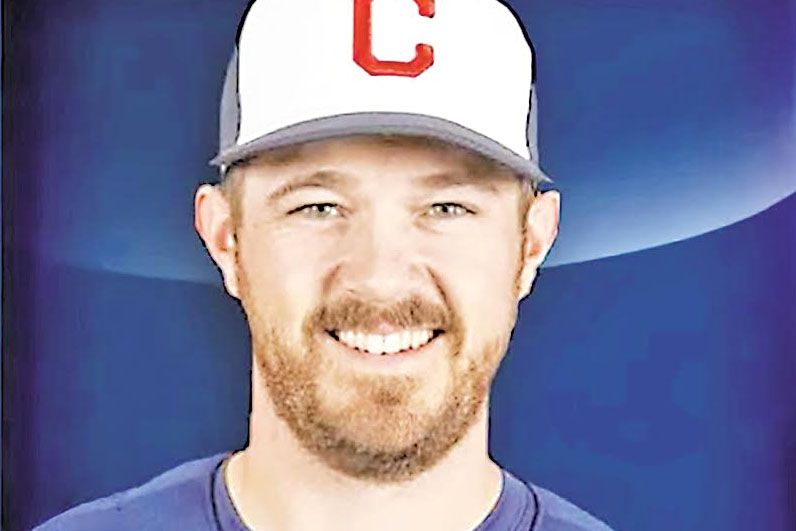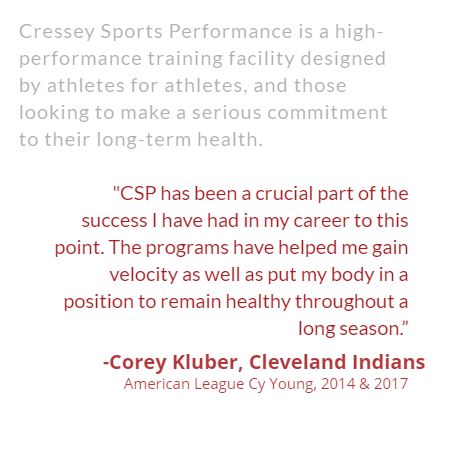Last week the Yankees hired their new pitching coach, Matt Blake, who was previously a pitching director for the Cleveland Indians. You can read all about the hire and Blake’s background here. What I want to write about today is based on Blake’s background: what can we expect from him as the Yankees pitching coach?
What are people saying?
So far, the reports on Blake have been overwhelmingly positive. Multiple beat writers and former players have said they hold Blake in high regard, and specifically mentioned his use of analytics in his work with players. Here is a sampling of what people think:
Blake excels on analytic and technology side, lacks on-field coaching experience. That doesn’t seem to bother NYY or other organizations. The NYY hiring Sam Briend from Driveline and now Blake previously from Cressey Sports Performance signals a new direction.
— Sweeny Murti (@YankeesWFAN) November 8, 2019
A pitcher who worked in the #Indians minor leagues with Matt Blake who is now the #Yankees pitching coach called him “terrific” and praised: "great understanding of analytics but can interpret and make it easy to understand and apply."
— Joel Sherman (@Joelsherman1) November 8, 2019
Just heard from a pitching prospect who had this to say about Matt Blake:
“Best pitching coach I’ve ever worked with. Hands down.”
— Conor Foley (@RailRidersTT) November 8, 2019
Okay, so from that we can tell two important things.
1. Blake is tech-savvy and uses analytics
2. Players like working with him. That fits very well with the Yankees organizational approach of using analytics and hiring guys who are player-first. Those are the reasons the Yankees hired Aaron Boone as manager two years ago. They wanted someone who could relate to players and use analytics in decision making.
How does Blake work?
Blake previously worked at Cressey Sports Performance which is similar to Driveline Baseball. They provide elite training for athletes including pitching training focused on video analysis and the kinetic chain. Cy Young winner Corey Kluber trained at CSP and said the following:
In a great profile by Dan Martin of the New York Post, Blake is described as “ahead of his time” in multiple fronts. Eric Cressey, who founded CSP, described Blake as “very progressive with video analysis.” In Joe’s piece about what to expect from a new pitching coach, he wrote about how someone who understands how to use advanced tech like the Edgertronic camera is what the Yankees should look for, and they did. Cressey also spoke highly about Blake’s ability to communicate about analytics with players. He said
“You can have all the analytics you want, if you can’t disseminate it to people, it doesn’t matter. And that’s what separates Matt.”
That quote right there is what really excites me about Blake. In 2019 it isn’t about believing in analytics anymore. Everyone does that, except the Mets. It is about interpreting the data and communicating it to players.
Using Advanced Analytics
When Scott spoke with Lindsay Adler of The Athletic on the Bronx Pinstripes Show about the pitching coach position, she mentioned how everyone knows about spin rate now, and the current trend is about spin axis and spin efficiency. Those concepts are more complicated to understand, and you need someone who can communicate information in an easy to understand manner.
For example, the famous example of using video technology to help pitchers is how the Astros showed Verlander to throw his slider differently. It was popping up out of his hand and batters could tell what he was throwing. The Astros pointed this out to him, and his slider has been the second best in baseball over the last two years according to FanGraphs. Now when you try to tell a guy like Verlander who has been pitching all his life to change the way he throws a pitch, the way you do so is very important. Take a look at two approaches to give this information:
“Your pitch tunneling on your slider is low and the spin axis is off.”
“Your slider is popping up out of your hand. Try to stay on top of it more so it looks like your other pitches and spins better.”
Both approaches give the same information, but the second is clearly easier to understand. Blake was a psychology major in college (yes, people have looked that deep into his background!) and I hope that background will help him know how to communicate with players.
In my view, there are four main steps with using video and analytics to help players improve.
- Get the data. The Yankees are using Rhapsodo cameras and hopefully Edgertronic at all their facilities which will give a treasure trove of data.
- Interpret the data. According to Marc Carig and Eno Sarris of The Athletic, Cashman slowly assembled the largest analytics team in all of baseball. The Yankees have the nerds to interpret all the data we need.
- Explain it to the player. Here is where Blake comes in, and hopefully where his effective communication will prove wonders.
- Make the change. Knowing what to do and actually doing it are two different things. Blake’s background with CSP and the Indians should serve him well in helping pitchers make the mechanical and pitch development changes necessary.
According to a bio of Blake:
“[Blake’s] throwing philosophy is largely drawn from his continuing education into functional anatomy and available research on the overhead throwing population. With a heavy emphasis on video analysis and an integration of concepts from both the Physical Therapy and Strength and Conditioning communities.”
That sounds like a guy who knows how to use information from a variety of sources and integrate it well.
Lastly, and definitely most importantly, his social media game is strong. He understands the Yankee fan culture and liked this tweet by Andrew:
You can contact Rohan on Twitter @rohanarcot20,








